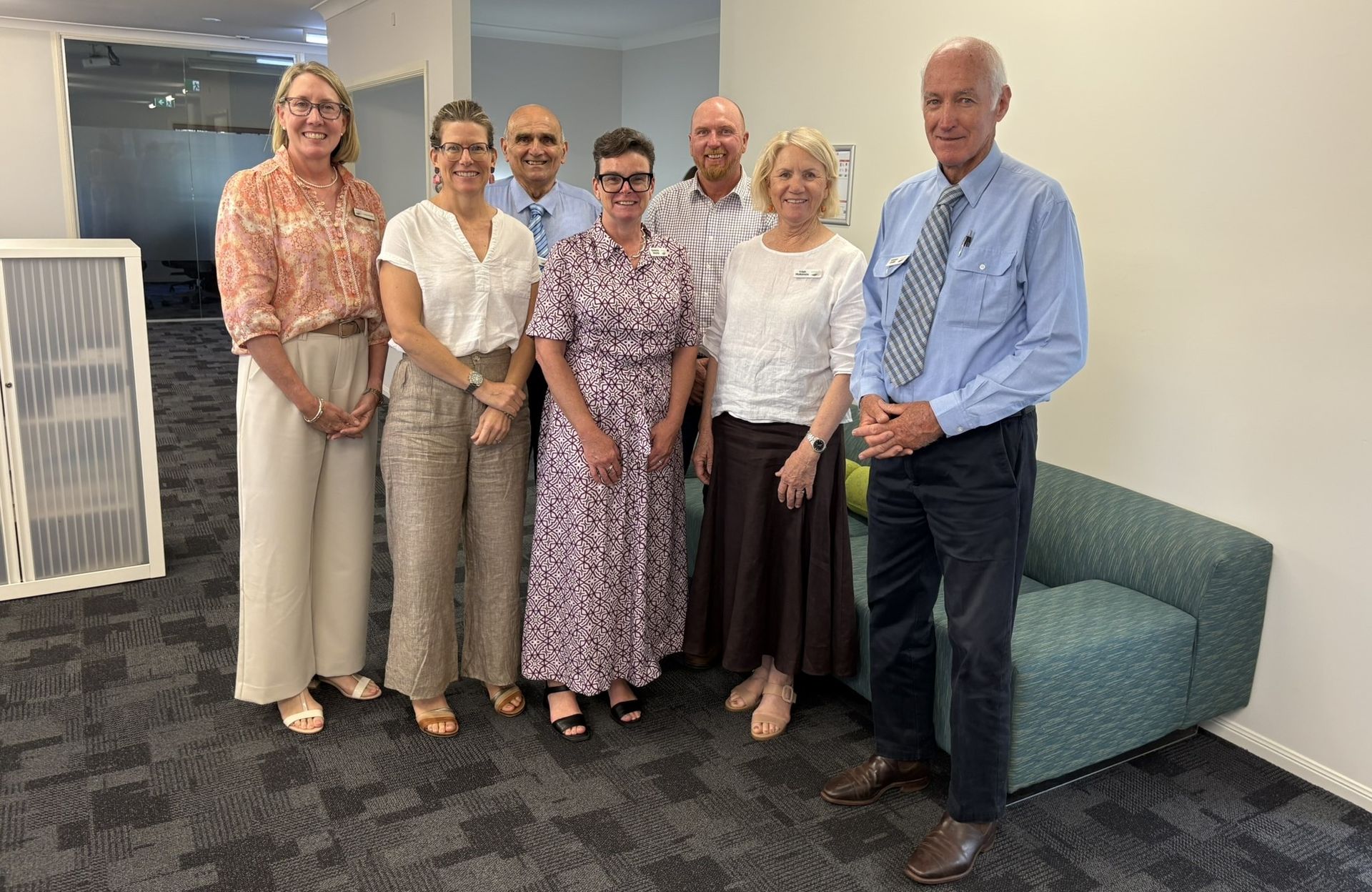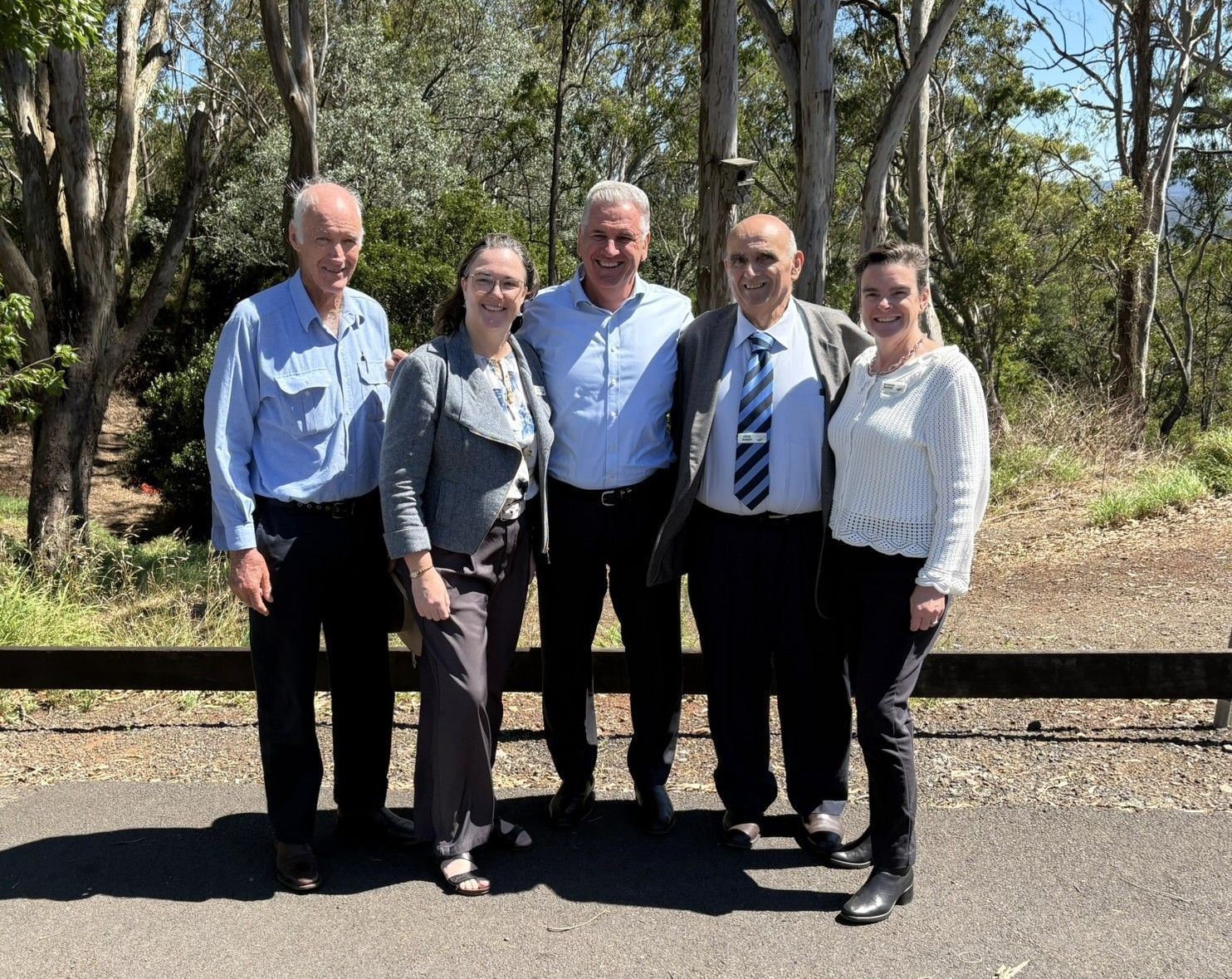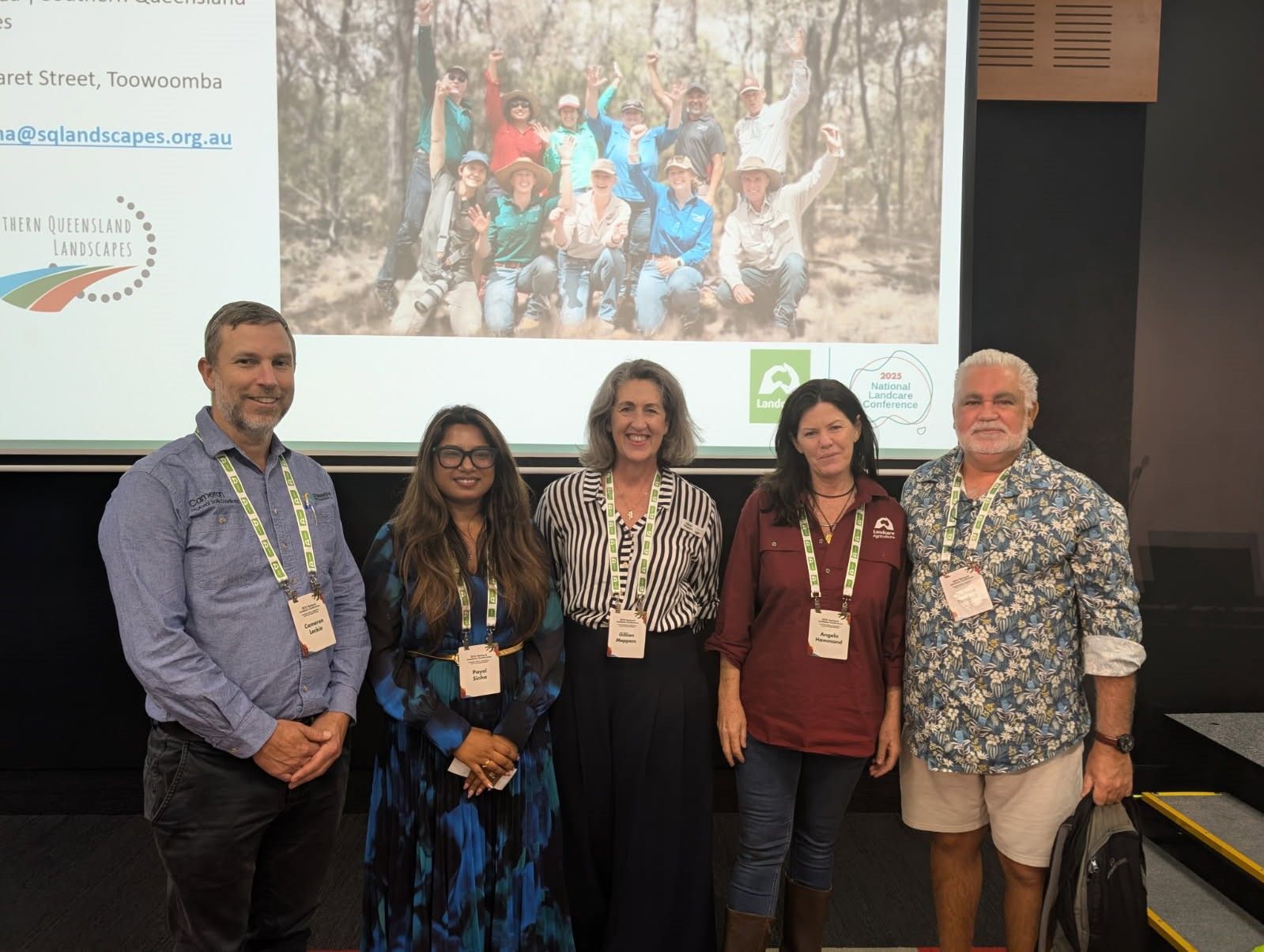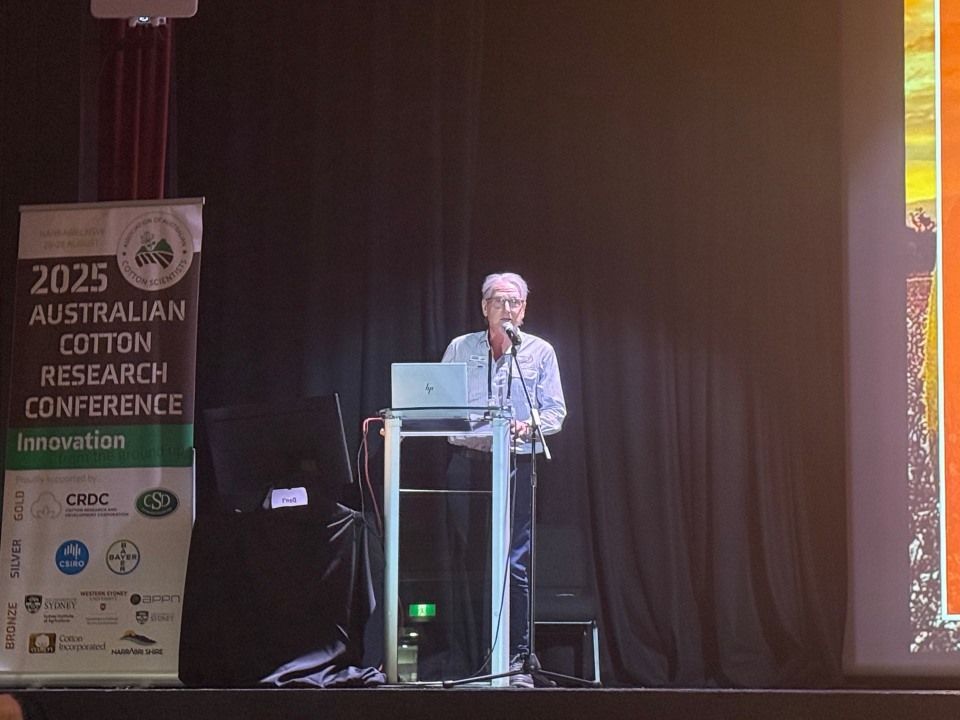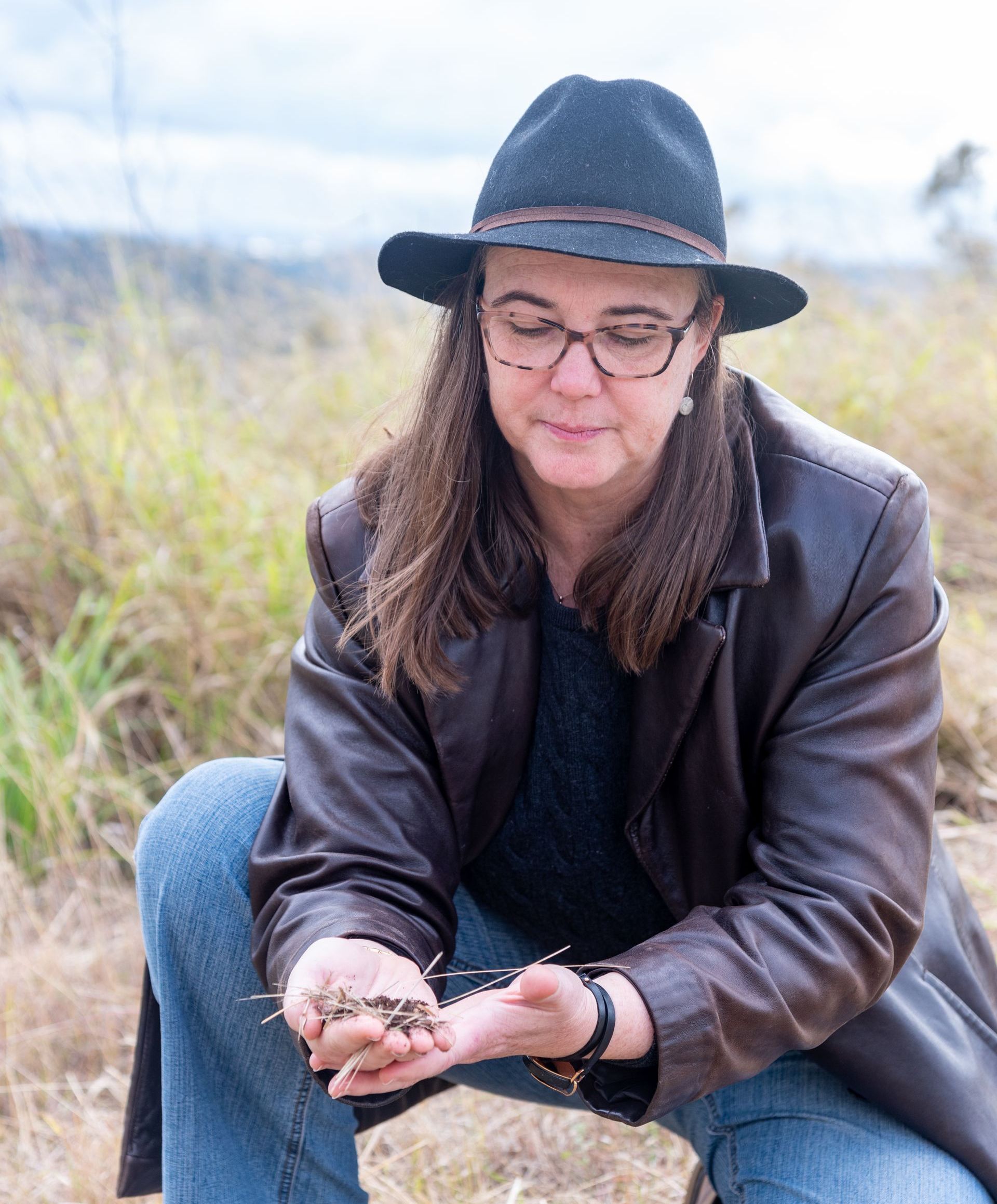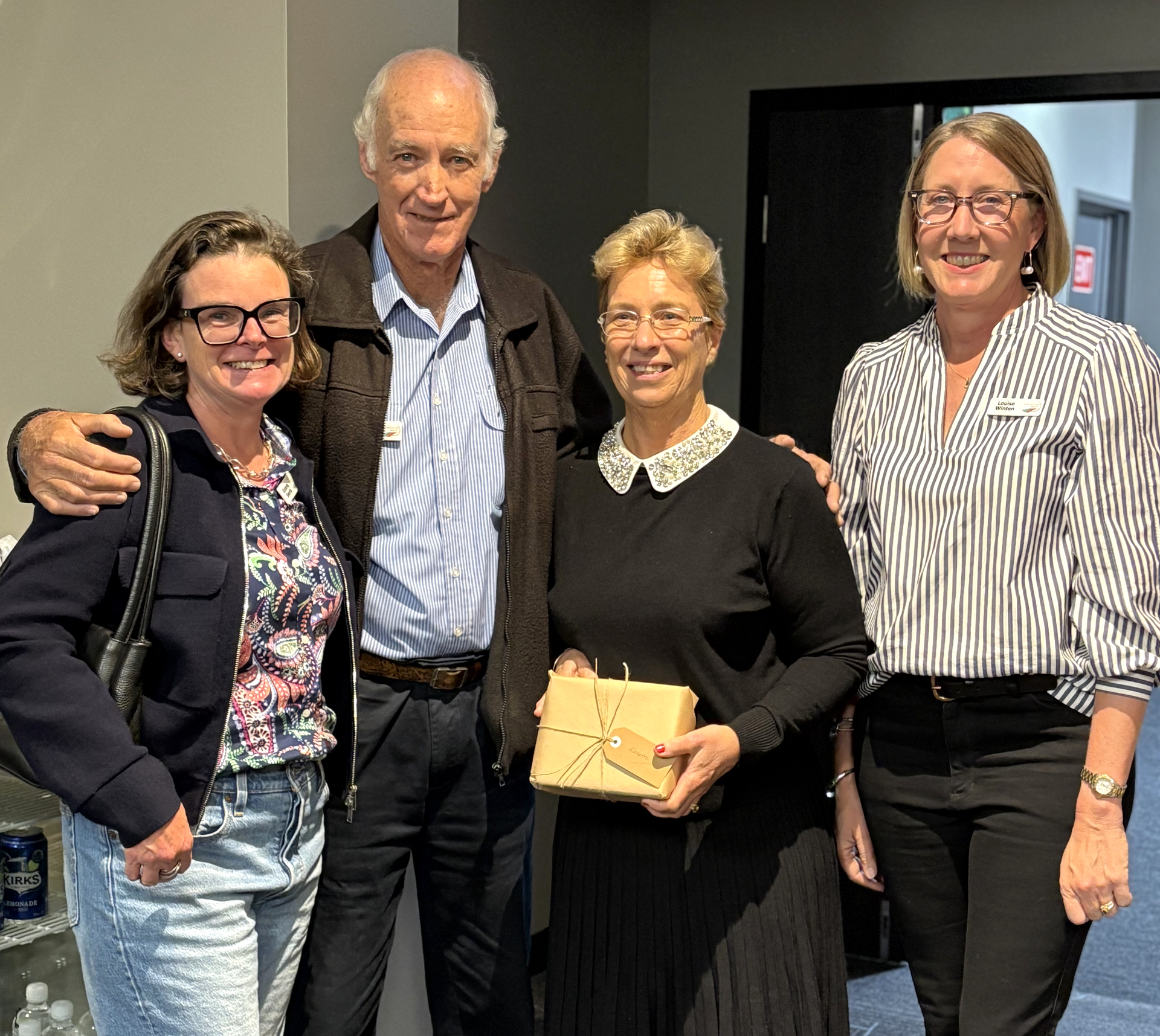Southern Queensland Landscapes was invited onto the Inner Darling Downs and Southern Darling Downs Community Consultative Committees in mid-2020. At that time, we invited people to let us know their thoughts and concerns about the project to ensure the project proponents knew how our community felt about the project and what it needed to know from them. We received little comment; however, we did receive an offer to tour the affected area by one of our members which we gladly accepted.
Since that time, the ARTC people have worked toward an Environmental Impact Statement (EIS) which has been submitted to the Coordinator-General. The submitted material was not enough for the project to be approved for several reasons and these have been progressively addressed. As at today, the EIS has not been approved.
This project is very complex and affects the Eastern Downs in many ways, both positively and negatively. As with all projects “of State Significance” assessed under the State Development and Public Works Organisation Act 1971, the project will happen unless there is an unresolvable issue identified in the EIS; the proponent ceases to be an entity for whatever reason; or some other external factor cancels the project. Assuming the ARTC is here to stay and the political will continues, we can assume the project will happen.
We are very conscious that people who live on and near the rail corridor are deeply affected by the project, and while there is ample legislative protection for the people directly affected to be adequately compensated for the affect of the project on their lives, many of these people have strong and long ties to their places. The impacts on them are real and should not be dismissed.
The Community Consultative Committees have a wide representation from people directly indirectly impacted by the project as well as potential beneficiaries. Our place on the Committees is two-fold. To reflect any views our communities and members may wish expressed, and to keep a careful eye on the technical issues associated with the conduct of the EIS and associated processes where there are inadequate skills available from others.
Our role by virtue of the Charter for the Committees, is not to “take sides” and advocate for sectional interests or other reason that lies outside our technical competence. It is to ensure the ARTC people receive issues and concerns from our members and communities. The details of the Committee, minutes of all its meetings, its membership and Charter can be found at:
- Inner Darling Downs Community Consultative Committee: https://inlandrail.artc.com.au/building-inland-rail/working-with-communities/community-consultative-committees/idd-ccc/
- Southern Darling Downs Community Consultative Committee: https://inlandrail.artc.com.au/building-inland-rail/working-with-communities/community-consultative-committees/sdd-ccc/
From what we understand, the technical issues of most of concern are:
- The Condamine Floodplain impacts on the project and assurance that these impacts can be managed without negative impact
- The issues associated with soil types and structures on the construction and long term sustainability of the rail
- The potential impacts of construction on the groundwater aquifers and their viable use
- The impacts of the infrastructure on biodiversity (including Koala populations)
- The short term noise and pollutant impacts of the construction phase as well as their long term impacts when trains are active on the line.
Needless to say, there are many other issues needing to be resolved which is the job of the EIS. There has been much debate and concern around the adequacy of consultation for the alignment and the viability of the project given potential cost blowouts and the like. These are all in the public domain and have been the subject of a Senate Enquiry and are now under review led by Kerry Schott for the Australian Government. These are not matters for the Community Consultative Committee.
It is timely to again invite thoughts and concerns from our members and communities as the project nears the end of its development stages. We are very keen to hear from you if you do have concerns, praise or any other thoughts we can offer ARTC people through the committees. We would also like to know if members wish to receive a regular briefing on the project now that it is approaching its final development stages.
